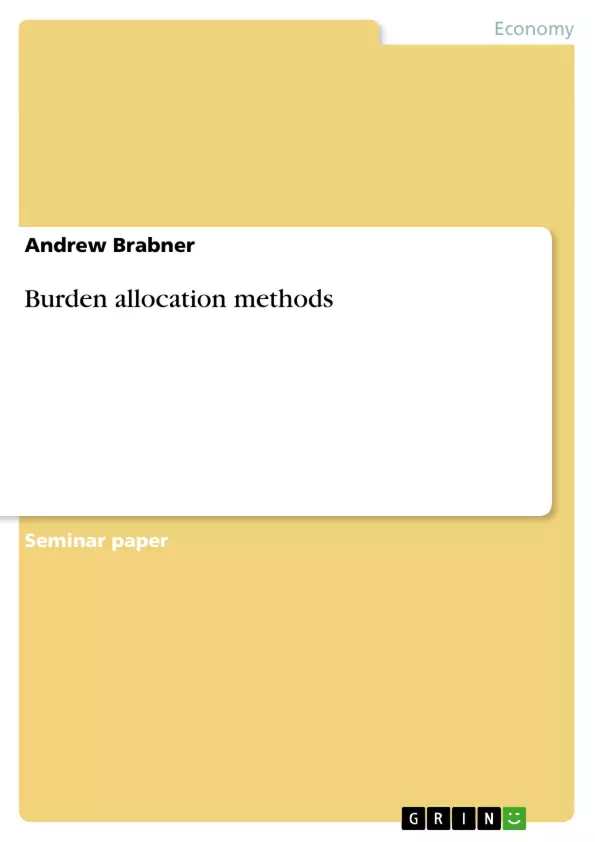The company and industry are currently both experiencing a process of change. This has lead to the need to evaluate alternatives to the current cost accounting system. This requires the evaluation of whether burden should be traced to either one, two or three cost pools. Currently burden is only being traced to one. Furthermore the company is certain that it will soon have to purchase expensive machinery, thus changing it operational asset base and cost structure, in order to remain competitive. Therefore I will also examine the effect that this acquisition would have upon the current and alternative systems so as to see which system would be the most appropriate and effective method to supply management with the necessary information need to be able to outperform both market and competition. If any of these methods comes in question at all.
Inhaltsverzeichnis (Table of Contents)
- Introduction
- Component Analysis
- ICA & IC B
- Diode
- Capacitor
- Amplifier
- Summary regarding System changeover
Zielsetzung und Themenschwerpunkte (Objectives and Key Themes)
This document evaluates different burden allocation methods and their impact on a company's cost accounting system. The aim is to determine the most appropriate and effective method for supplying management with accurate cost information to support competitive decision-making.
- Evaluation of burden allocation methods
- Impact of automation on cost structures
- Analysis of component costs under different allocation systems
- Importance of accurate cost information for competitive advantage
- The need for system changeover to reflect changing industry dynamics
Zusammenfassung der Kapitel (Chapter Summaries)
Introduction
The document highlights the company's need to evaluate alternative cost accounting systems due to ongoing changes in the industry. The current system allocates burden based solely on direct labor costs. The company is also facing the need to acquire expensive machinery, which will impact its operational asset base and cost structure. The analysis aims to determine the most appropriate burden allocation method in light of these changes.
Component Analysis
This section examines the impact of different burden allocation methods on the costs of various components. The analysis highlights the limitations of the current system in accurately reflecting the true costs of highly automated components.
- ICA & IC B: The current system underestimates the burden associated with these components due to their high level of automation. This could have resulted in underpricing.
- Diode: Similar to ICA & IC B, the diode's cost is underestimated due to low manual labor and high machine capacity. The suggested allocation methods move the diode from the lowest to the third most expensive component.
- Capacitor: The capacitor has a high direct labor content and is currently shown as the second most costly item. A system change would likely reduce its burdened cost.
- Amplifier: The cost of the amplifier changes and becomes less costly under the consultant's approach due to its low testing time in the expensive mechanical room.
Schlüsselwörter (Keywords)
The document primarily focuses on burden allocation methods, cost accounting systems, automation, component costs, and the impact of industry changes on cost structures. It also highlights the importance of accurate cost information for competitive advantage.
- Citation du texte
- Andrew Brabner (Auteur), 2003, Burden allocation methods, Munich, GRIN Verlag, https://www.grin.com/document/7645



